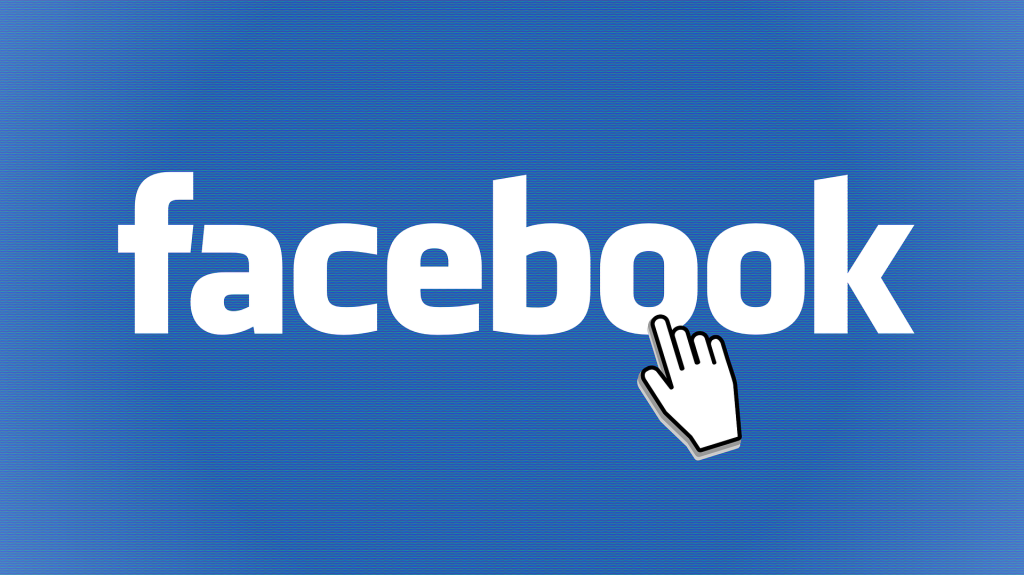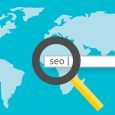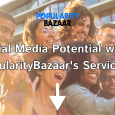When you’re paying for ads on social media and especially on Facebook, you always want to make sure they’re highly targeted. When your ads are targeted, they’re reaching the right people. Reaching the right people is going to increase your ROI, which is the entire goal of paying for advertising.

Whether you’re creating customized video ads or some other type of format, the following are what you should know about audiences, and more specifically, Facebook Custom Audiences.
The Basics
A Custom Audience is an ad target option Facebook offers that allows you to find existing audiences for people who are on Facebook. You can use your own resources to do this.
For example, you might use your Facebook engagement or sources like your customer lists or website traffic.
Each ad account can create hundreds of Custom Audiences, and then you can use them to create Lookalike Audiences when you’re ready. A Lookalike Audience includes people to target with your ads that are similar to the ones who currently engage with you.
Basically, with a Custom Audience, you’re targeting people who already have had some level of contact with your brand. You’re retargeting people who have already engaged on any level.
If someone visits your website, you can use a Custom Audience to then retarget them with a paid video ad. You can upload your newsletter list to Facebook and then target those people with an ad, and it’s all a very powerful way to reach people with your ads. The audience is considered “warm” since they’re already engaging with you, making the chances of your ads doing well a lot higher.
Types of Custom Audiences
We’ve touched on these briefly above, but below is more detail about the types of audiences you can use.
- Customer lists: If you upload lists of data to Facebook, the social media site then matches your data with the data of its users. You need permission to upload your data for this use.
- Website audiences: If someone has visited your site in the past 180 days and you have the Facebook pixel installed on it, you can advertise to them. You can actually set the window of time for site visitors from 1 to 180 days. You can get even more specific with this and target people that perhaps visited a certain product page within a set period of time. You can also create targeting based on how long someone visited your site. You might, for example, target based on groups that spent longer amounts of time when they were on your site.
- Mobile app audiences: If you have an app similar to a website, you can create a Custom Audience based on people who have used or engaged with it over a period of time.
- Engagement: These custom audiences include video custom audiences, which is an audience of people who have already watched your videos on the site or on Instagram. The more videos you post, the more people you can retarget, which is just one more reason to put an emphasis on your video-based content. There are other engagement audiences, including the people who have engaged with your actual page on Facebook or your Instagram Business profile.
The Benefits of Custom Audiences
When you’re setting up ads on Facebook, Custom Audiences have a fair amount of benefits.
First, you may be able to generate more leads at a lower cost since you’re emphasis is on retargeting.
Another benefit is that these ads can drive quality traffic to your website, and it may also lead to more in-person visits to your business if relevant.
How to Create Custom Audiences
Below are brief and topical instructions for the things you’ll have to do to set up some types of customer audiences.
- If you want to set up an Audience from a customer list, then you can again only upload data from customers who give you permission to market to them. You can’t use a list you’re purchasing from someone else, and if someone opts out of your list, you have to remove them from your Custom Audience. For this, you’ll choose Customer File when you’re setting up ads. You can add the information manually or import a list from MailChimp.
- If you want to use your website visitors’ Custom Audience, you need the Facebook Pixel. If you haven’t already installed it, this has to be your first step. Then, you’ll choose “Website Traffic” and select the pixel you want to use. You’ll choose who you’ll target, including people who spent a certain amount of time on your site or those people who visited particular pages. It usually takes around 30 minutes for Facebook to prepare this audience.
- The idea is similar if you’re going to use your app activity.
- If you’re creating ads using an engagement Custom Audience, you’ll click “Engagement,” and then you’ll get a popup. The popup will ask you what type of engagement you want to use to build the audience. To provide an example, if you’re choosing a video, you’ll choose how much of the video people have watched. You can choose anywhere from three seconds to at least 96%.
After you set up your Custom Audiences, they become easy for you to use. You go to your Ads Manager and Create Ad. You follow the steps to set up an ad, and your ad is set to target your selected Custom Audience.
You want to grow your Custom Audience because then you can build out Lookalike Audiences from there. To grow your Custom Audience, you need effective ads that people are engaging with.
That means you’re going to have to run some tests on features like image versus video, ad format, headline, and text.
Facebook Audience Insights can also help you learn about your Custom Audience demographics, and that will be more information available to you to target ads to new people.
The great thing about Facebook Ads is the chance to keep building on the work you do so you can scale them up.









